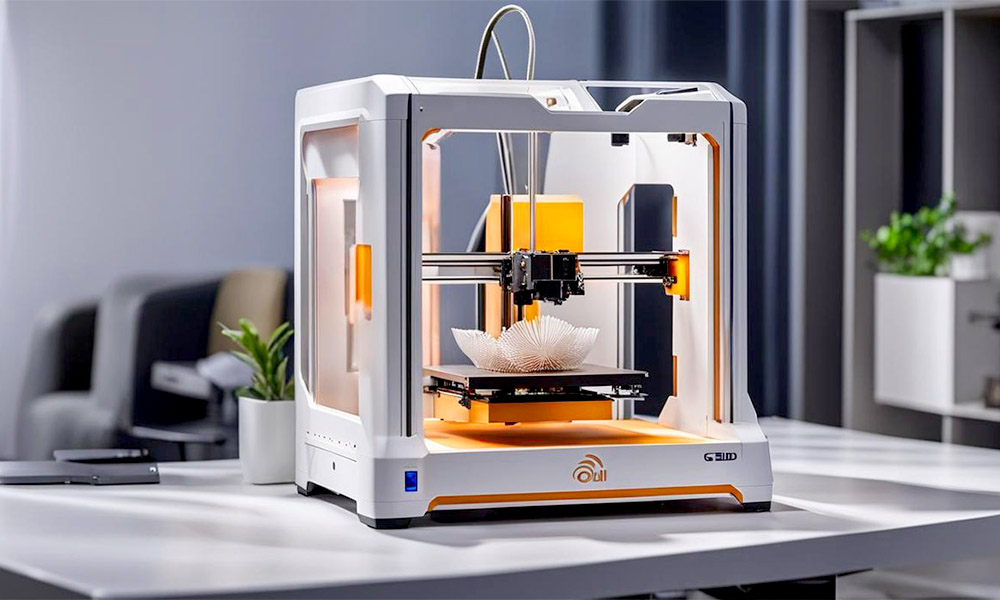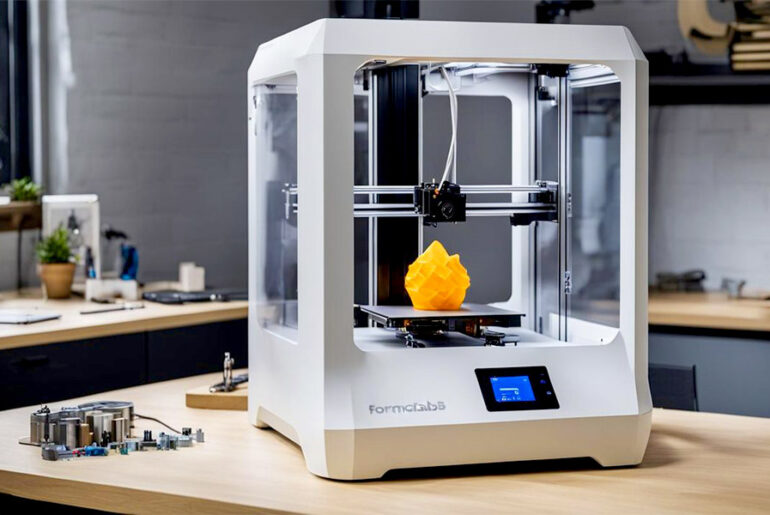Finding an affordable dual extruder 3D printer can transform your creative projects without breaking the bank. These machines open up possibilities for multi-color prints, water-soluble supports, and complex geometries that single-extruder printers simply cannot achieve.
Why Choose Dual Extruder Technology?
Dual extruder systems provide significant advantages over traditional single-nozzle designs. They enable simultaneous printing with two different materials or colors, reducing print time for complex models. The ability to use dissolvable support materials like PVA creates cleaner overhangs and intricate internal structures.
Multi-material printing expands design possibilities dramatically. Combining flexible TPU with rigid PLA allows for functional parts with moving components. Hard and soft materials can integrate seamlessly within a single print job, creating products impossible to achieve through traditional manufacturing methods.
Top Budget Dual Extruder Models
Geeetech A10M – The Entry-Level Champion
The Geeetech A10M stands out as the most accessible dual extruder option. Priced around $280, it features a simple mixing extruder system that blends two filaments during printing. While not a true dual extruder, it delivers gradient color effects and basic multi-material capabilities.
Key specifications include a 220 x 220 x 260mm build volume and heated bed support up to 110°C. Assembly requires moderate technical skills, but detailed instructions make the process manageable for beginners.
Artillery Sidewinder X2 – Value and Performance
At approximately $450, the Artillery Sidewinder X2 offers impressive build quality and features. Its large 300 x 300 x 400mm print area accommodates substantial dual-color projects. The direct drive extruder system ensures reliable filament feeding with flexible materials.
The printer includes auto-bed leveling, reducing setup time and improving print success rates. Touch screen controls and silent stepper drivers create a user-friendly experience suitable for home environments.
JGMaker Artist-D Pro – Independent Dual Extrusion
The JGMaker Artist-D Pro, priced at $480, features true IDEX (Independent Dual Extruder) technology. Each extruder operates independently, eliminating cross-contamination between materials and enabling simultaneous printing of identical objects.
Feature Comparison Table
| Model | Price | Build Volume (mm) | Extruder Type | Auto-Leveling | Heated Bed |
| Geeetech A10M | $280 | 220×220×260 | Mixing | No | Yes (110°C) |
| Artillery Sidewinder X2 | $450 | 300×300×400 | Dual Direct | Yes | Yes (130°C) |
| JGMaker Artist-D Pro | $480 | 300×300×300 | IDEX | Manual | Yes (100°C) |
| QIDI Tech X-Max | $490 | 300×250×300 | Dual Bowden | Semi-Auto | Yes (110°C) |
Material Compatibility and Costs
Filament Requirements
Budget dual extruder printers typically handle standard materials like PLA, ABS, and PETG effectively. Temperature requirements vary between models, with heated beds enabling better adhesion for engineering plastics.
Water-soluble supports using PVA or HIPS expand printing possibilities significantly. These materials require specific storage conditions to prevent moisture absorption, but dramatically improve print quality for complex geometries.
Operating Cost Analysis
| Expense Category | Monthly Cost | Annual Cost |
| Electricity (8 hrs/day) | $12-18 | $144-216 |
| PLA Filament (1kg/month) | $25-35 | $300-420 |
| Support Material | $15-25 | $180-300 |
| Maintenance Parts | $8-15 | $96-180 |
| Total Operating Cost | $60-93 | $720-1116 |
Setup and Calibration Process
Initial Assembly Considerations
Most budget models require partial assembly, typically involving frame construction and electronics connections. Allow 4-6 hours for complete setup, including initial calibration procedures.

Bed leveling becomes crucial with dual extruders, as both nozzles must maintain consistent distances from the print surface. Manual tramming requires patience but ensures optimal first-layer adhesion across the entire build plate.
Extruder Alignment
Proper nozzle alignment prevents layer shifting and material contamination. The Z-offset between extruders requires precise adjustment, typically within 0.1mm tolerance. Most printers include calibration procedures, though some trial-and-error remains necessary.
Common Challenges and Solutions
Filament Management
Dual extruder systems require careful filament routing to prevent tangling. Separate spool holders and guided pathways reduce feeding problems during long prints. Some users install filament runout sensors for added reliability.
Retraction settings become more complex with two extruders. Each material requires specific retraction distances and speeds to minimize stringing between color changes. Start with manufacturer recommendations, then fine-tune based on your specific materials.
Print Quality Optimization
Layer adhesion between different materials can prove challenging. Compatible material combinations like PLA with water-soluble PVA typically work well together. Incompatible combinations may separate or create weak bonds at interfaces.
Temperature tower tests help determine optimal printing temperatures for each material combination. This process identifies the best settings for clean color transitions and strong material bonds.
Maintenance and Longevity
Regular maintenance ensures consistent performance from budget dual extruder systems. Clean nozzles monthly to prevent clogs, and lubricate moving parts according to manufacturer schedules.
Hotend assemblies may require replacement more frequently than single-extruder systems due to increased complexity. Keep spare nozzles and heating elements in stock to minimize downtime during repairs.
Conclusion
Budget dual extruder 3D printers under $500 provide excellent value for makers and educators. The Geeetech A10M offers affordable entry into multi-color printing, while the Artillery Sidewinder X2 and JGMaker Artist-D Pro deliver advanced dual extrusion features.
These machines require patience and maintenance but produce impressive results when properly operated. Start with simple dual-color projects before advancing to complex multi-material applications.



